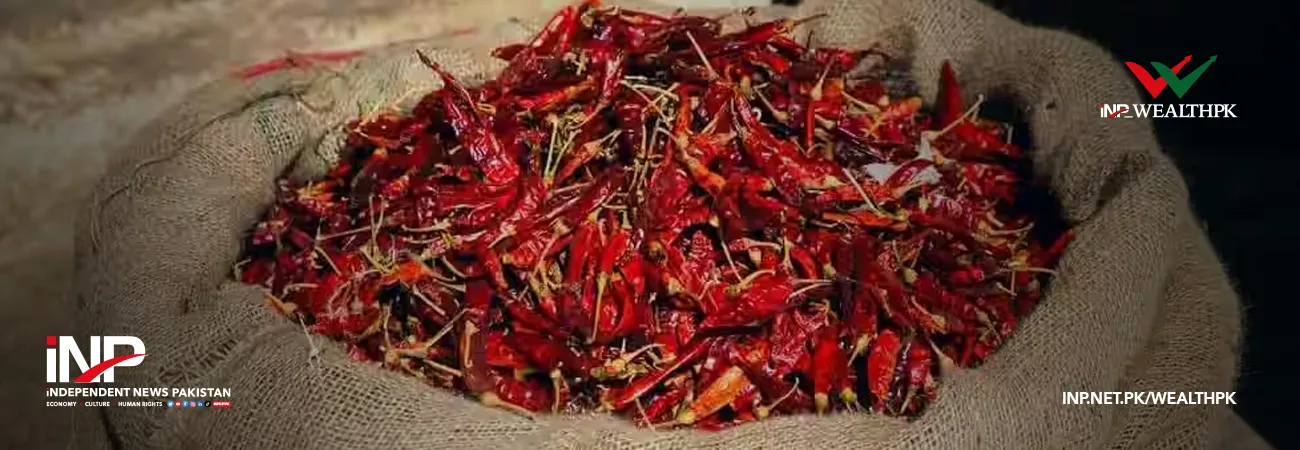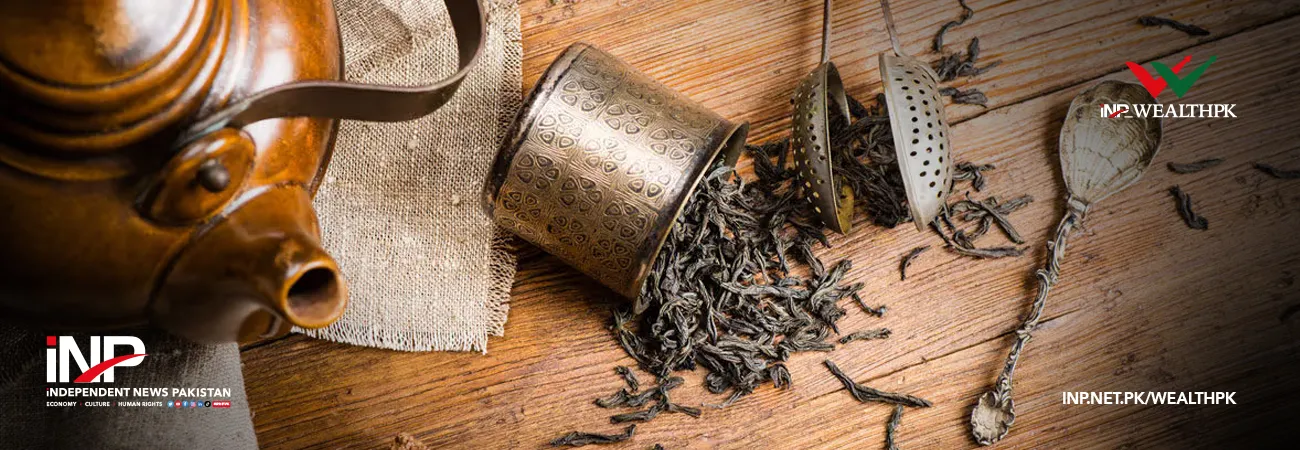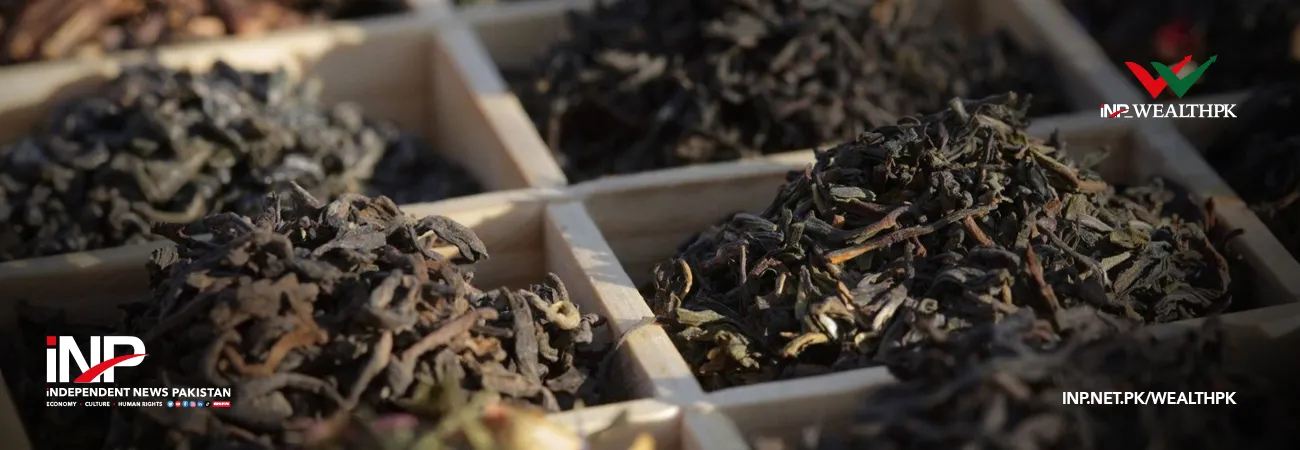INP-WealthPk
Azeem Ahmed Khan
Pakistan ranks among the top four chilli-producing countries in the world, with strong potential to become a major global player in its exports.
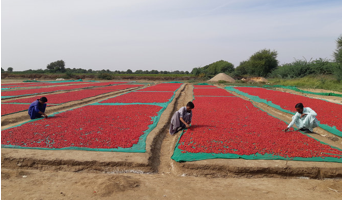
With its unique chilli varieties, rich natural flavour, and diverse industrial applications, the crop represents a big opportunity for foreign exchange earnings.
“Red chilli is more than just a spice, it is an economic opportunity,” said Muhammad Rizwan, adviser to Concave Agri, an agri-tech solutions and services company. “Pakistan’s climate, land, and traditional knowledge make it highly suitable for chilli farming, but we need to modernise our systems to realise its full export potential,” he told WealthPK.
“Chillies thrive in warm, humid, rain-fed areas and perform best in well-drained sandy or clay soils. Pakistan’s agro-climatic conditions support chilli cultivation across all four provinces. However, Sindh province dominates the sector, contributing around 85% of the country’s chilli production, with the remainder coming from Punjab, Balochistan, and Khyber Pakhtunkhwa,” Rizwan said.
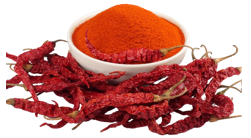
Sindh is also home to Asia’s largest red chilli trading market, located in Kunri, Umerkot district. The town is internationally known for producing Dundicut red chillies, alongside other varieties such as Maxi, Desi, and Nageena. These chillies are exported in different forms, including fresh, green, stalk-less, and as powdered spice.
According to the Pakistan Economic Survey 2024-25, chilli was cultivated on 55,000 hectares, producing over 191,000 tonnes, showing a slight decrease from the previous year’s 218,000 tonnes, despite a nearly similar cultivation area of 56,000 hectares.
“The red chilli sector is full of promise, but problems are being faced at every stage, from the farm to the export terminal,” Rizwan said. “If we address these hurdles, especially in post-harvest handling, Pakistan can easily increase its global share,” he added.
Pakistan’s chilli exports are currently limited by aflatoxin contamination, poor storage conditions, and outdated farming methods. Aflatoxins are toxic compounds produced by moulds such as Aspergillus flavus, which thrive in decaying vegetation, grain, and soil.
After harvesting, most chillies in Pakistan are dried in the open air, exposing them to dust and fungal spores. “Drying chillies directly on the ground and storing them in dirty old bags invites contamination,” Rizwan explained. “This not only damages quality but makes our exports unacceptable in key markets.”
Due to high aflatoxin levels, many European countries have placed bans on chilli imports from Pakistan. Despite increased cultivation and growing world demand, the chilli sector continues to suffer from issues like limited farmer training, unbalanced use of fertilizers and pesticides, and a lack of modern irrigation. Most chilli farmers are smallholders, who lack access to loans, certified seeds, or modern inputs.
Even with these limitations, Pakistan contributes about 4% to 5% to the global chilli supply, ranking fourth after India, China, and Thailand. The country’s chilli powder is considered of high quality, but international competition is fierce, especially on price and safety standards.
According to Volza, a global trade intelligence platform, Pakistan exports chilli to over 50 countries. Its major export destinations include Sri Lanka, Saudi Arabia, and the United Arab Emirates, which collectively account for 68% of Pakistan’s chilli exports. Other significant markets include the United States, Canada, Kuwait, Oman and Bangladesh, Volza said.
“Pakistan’s chilli can compete in all the markets, but only if we ensure it meets international hygiene and quality standards,” Rizwan said. “We need to invest in post-harvest technologies, better storage, and farmer education,” he suggested.
To modernise the sector, the China-Pakistan Economic Corridor (CPEC) has identified chilli farming as a priority area. Under this initiative, Chinese companies are working to introduce improved seeds, advanced research, and precision farming methods to increase yields on smaller plots, particularly for export to China.
“There’s huge potential under CPEC to modernise chilli production,” Rizwan noted. “With joint ventures, we can set up export hubs and upgrade our processing facilities to meet global standards,” he added.
He emphasised that boosting chilli exports requires a comprehensive strategy: promoting disease-resistant, high-yield varieties; encouraging water-saving irrigation techniques like drip systems; and offering farmers training in safe drying, storage, and pest control.
“If farmers form cooperatives, they can access better inputs and sell their product at higher prices,” he said. “We also need to support small and medium enterprises to produce value-added chilli products like sauces and powders that have rising global demand.”
Credit: INP-WealthPk



